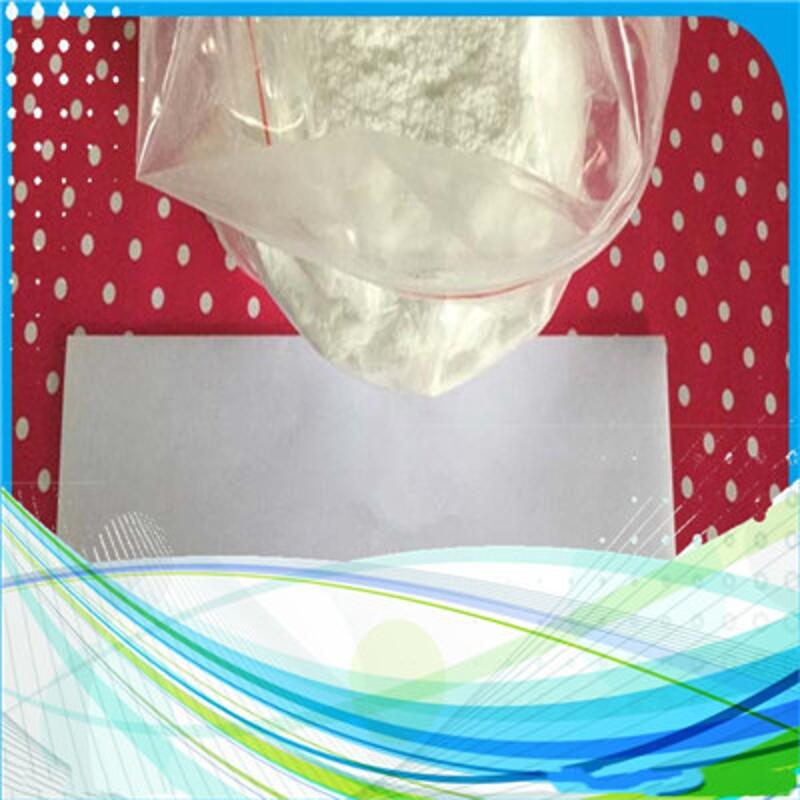Progress in the design and application of monatomic nano enzyme
-
Last Update: 2019-02-16
-
Source: Internet
-
Author: User
Search more information of high quality chemicals, good prices and reliable suppliers, visit
www.echemi.com
Recently, the German Journal of Applied Chemistry international edition published the latest research results of bionic design of monatomic nano enzyme online This work is helpful to understand the catalytic mechanism of nano enzyme and promote the development of nano enzyme in the field of biocatalysis Since the Nature Nanotechnology (2007) of Fe3O4 nanomaterials was reported in 2007, the new concept of nanoenzyme has been widely accepted by peers At present, more than 130 kinds of nanoenzymes with more than 40 elements have been reported However, how to learn the structural characteristics of natural enzyme activity center to guide the design of new high activity nano enzyme has been an important issue in the field of nano enzyme The active center of natural peroxidase is the structure of iron porphyrin Some studies have shown that the iron porphyrin of peroxidase can be replaced by Zn porphyrin to obtain higher catalytic activity Inspired by this research, the researchers imitated the natural peroxidase, using the metal organic framework (MOF) material zif-8 as the precursor, through the mesoporous silicon protection strategy, designed and synthesized a kind of high activity monoatomic nano enzyme containing Zn porphyrin structure A series of experiments have proved that the single atom Zn in the structure of Zn porphyrin is the key to its enzyme like activity Through theoretical calculation, it is revealed that the active structure of the enzyme is the unsaturated zn-n4 structure of Zn like porphyrin, and the monoatomic nano enzyme exerts its peroxidase like activity by promoting the homolysis of H2O2 to produce hydroxyl radicals In vitro antibacterial experiments, the monatomic nano enzyme achieved a high antibacterial rate of 99.85%, at the same time, it can effectively promote wound healing in the mouse wound infection model under the condition of low concentration of H2O2 The research was completed by Yan Xiyun group of Institute of Biophysics, Chinese Academy of Sciences and Liu Huiyu group of Beijing University of chemical technology Among them, Yan Xiyun, a researcher of the Institute of Biophysics, fan Kelong, an associate researcher, and Liu Huiyu, a professor of Beijing University of chemical technology, are co authors of the paper In addition, the team of Shi Xinghua, researcher of the national nano center, and the team of Gao Lizheng, Professor of Yangzhou University all made important contributions to the work The research was supported by the National Natural Science Foundation of China, the leading program of the Chinese Academy of Sciences, the key frontier program of the Chinese Academy of Sciences, and the youth talent trust project.
This article is an English version of an article which is originally in the Chinese language on echemi.com and is provided for information purposes only.
This website makes no representation or warranty of any kind, either expressed or implied, as to the accuracy, completeness ownership or reliability of
the article or any translations thereof. If you have any concerns or complaints relating to the article, please send an email, providing a detailed
description of the concern or complaint, to
service@echemi.com. A staff member will contact you within 5 working days. Once verified, infringing content
will be removed immediately.







